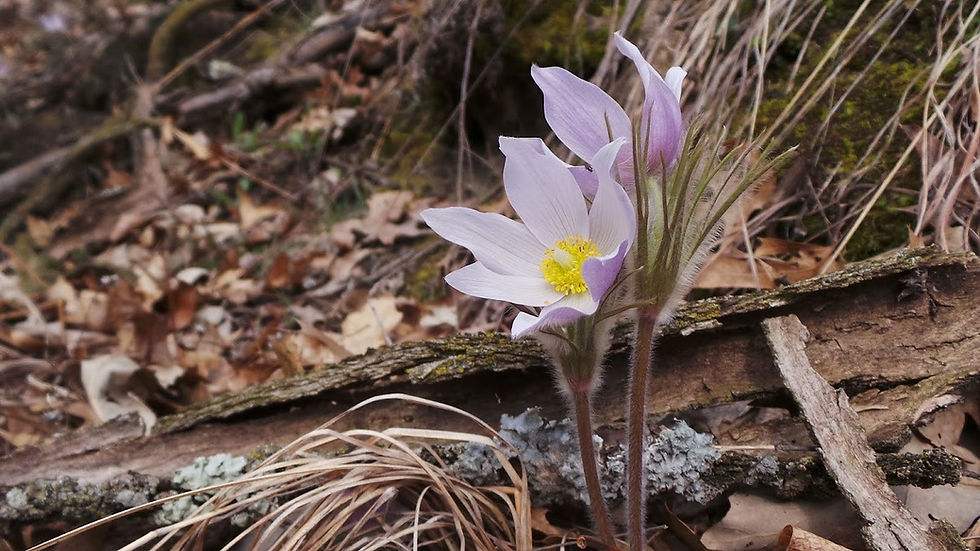Zombies in a Poppy-Pocalypse
- plantlovestories
- Mar 27, 2019
- 3 min read
Updated: Mar 28, 2019
by Joan Dudney
I’d been waiting in anticipation, obsessively checking flower updates and blog posts. I daydreamed about becoming a flower blogger myself, but I had a dissertation to write that increasingly stressed my life.

Spring is my favorite time of year in California’s lowlands. I knew based on my dissertation chapter that when the rains fall heavy following a previous dry year, the wildflowers flourish.
This year the elements had aligned, and my heart leapt at the thought. There’s always a twinge of sadness too, that enshrouds each flower’s bold exuberance. I think wistfully of John Muir’s writings. If only I could time travel back 200 years.

“The valley of the San Joaquin is the floweriest piece of world I ever walked, one vast level, even flower-bed, a sheet of flowers, a smooth sea ruffled a little by the tree fringing of the river . . . “
Today, remnant patches of wildflowers recall an era before European settlement. Humans have changed so much of California’s landscapes, and the wildflowers silently bear this memory, fighting a losing battle against the invasive, European grasses.

To my utter astonishment, on my drive through LA, the hills began turning orange, awash with the densest poppies I’d ever seen. Hiking up the crowded fire road, I was simultaneously awestruck and aghast. Poppies blinded the senses, a vibrant backdrop to the Poppy-Pocalypse.
Hundreds of thousands of wildflowers were being crushed underfoot or plucked for ephemeral bouquets. I could literally hear it – tiny little crunches of resistance as a zealous model or a large family dressed for mall shopping with their sandals and sundresses lay down in the poppies to take the perfect shot.
Pushing through the frenzied crowds, I discovered a jaw-dropping hillside splashed with contrasting orange poppies against bright blue phacelia. Like a flower zombie bitten by poppy fever, I started a flurry of shooting – the lighting so dynamic I didn’t have to think.
Suddenly a voice above pierced through my reverie: “Can you get out of there – I am trying to take a photo.” I looked up to see a disgruntled photographer glaring down at me. My daze evaporated into shame.
How could I have wandered off the main trail? Me, who had spent years trying to restore California’s wildflowers, who knew better than anyone how every step compacted the soil, making it harder for the flowers to return next year.

Away from the chaos, I reflected - how easily my love of nature became a crushing blow of destruction.
A few days later, Lake Elsinore closed down Walker Canyon. I felt relieved. In the eye of the storm, the flowers finally experienced peace and tranquility.
But one thing still surprised me. In the vast, urban landscape of LA, I did not expect to see so many excited about nature’s canvas. Maybe there’s an LA influencer who will make a statement about caring for the poppies and it will catch on, like an aftershock.
I’d like to believe that there’s hope for the next super bloom - that we can learn to restrain ourselves and become proud caretakers of our remnant wildflowers.
As for me, I will carry my inner flower zombie with me everywhere I go. A constant reminder to stay on the trail, to please tread lightly on this astonishingly beautiful planet.

Joan Dudney is a PhD candidate studying forest ecology and global change at UC Berkeley.






Comments